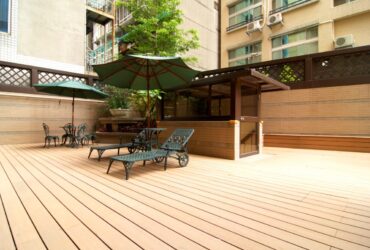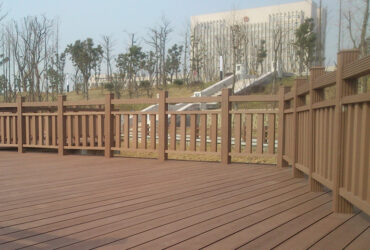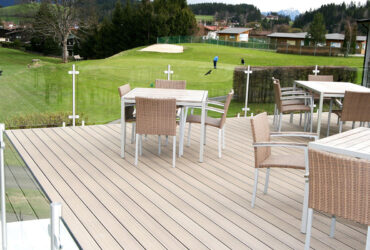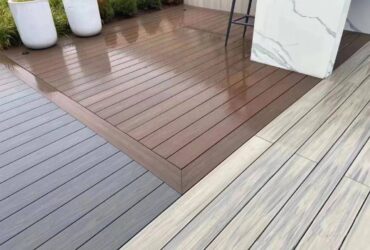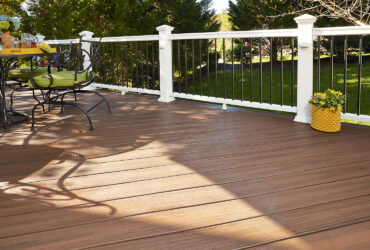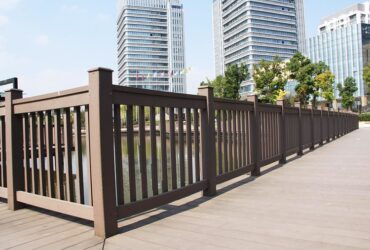Things About Wood Plastic
Introduction to wood plastic materials
Wood-Plastic Composites (WPC) is a new type of composite material that has been booming at home and abroad in recent years. It refers to the use of polyethylene, polypropylene, polyvinyl chloride, etc. to replace the usual resin adhesives.It is mixed with more than 50% of waste plant fibers such as wood powder, rice husk, and straw to form new wood materials, and then undergoes plastic processing processes such as extrusion, molding, and injection molding to produce plates or profiles. Mainly used in building materials, furniture, logistics packaging and other industries.
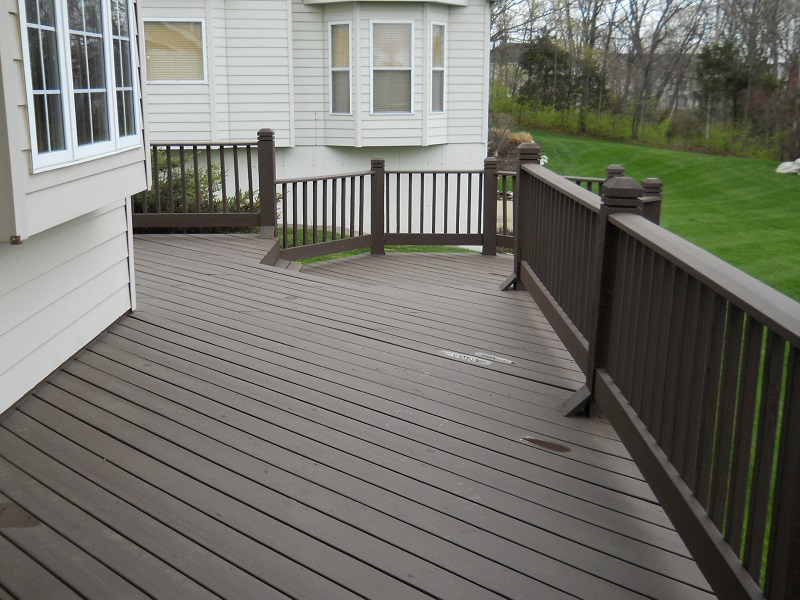
Wood plastic materials have five major characteristics:
Raw material resource utilization means that all raw material parts can achieve comprehensive utilization and effective utilization of resources.
Products can be plasticized to produce materials/products with different properties and shapes according to usage requirements.
The application is environmentally friendly, that is, the wood/plastic substrate of wood-plastic composite materials and its commonly used additives are safe and environmentally friendly.
Cost economy, that is, wood-plastic products realize the transfer of low-value materials to high value-added products.
Recycling means that scrap products and recycled waste of wood-plastic materials can be 100% recycled.
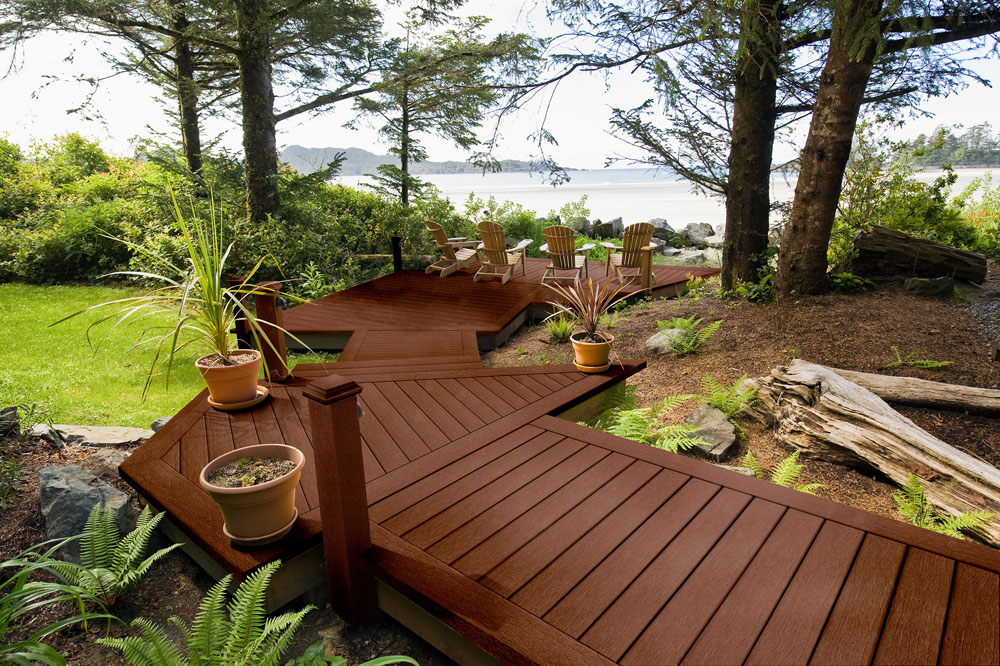
The “plastic” in wood-plastic materials
The plastic raw materials used in wood plastic material processing can be thermosetting plastics, such as phenolic resin, amine resin, epoxy resin, etc., or thermoplastic plastics, mainly nylon, polyethylene, polypropylene, polystyrene, and polyvinyl chloride. And ABS, etc., including new materials, recycled materials and mixtures of the two.
Due to the poor thermal stability of wood fibers, thermoplastics with processing temperatures below 200°C are more widely used in production. In application practice, polyethylene and polypropylene base materials are mainly used for structural building products; polyvinyl chloride materials are mainly used for light decorative building materials. The role of plastics in wood-plastic composite materials is multiple. The basic roles are adhesion and reinforcement.

This regenerative "plastic" turns decay into magic
Wood-plastic material is a new type of material that can produce high added value. The recycling and regeneration of waste plastics almost plays the role of "turning decay into magic". If the recycling and management of plastics can be correctly guided, and the plastic recycling technology can be further improved , not only can provide a stable and economical source of raw materials for the development of the wood-plastic industry, but can also alleviate the negative impact caused by the continued rise in oil prices.
There are two problems that need to be solved urgently in the processing of wood-plastic materials. One is the sorting of waste plastics; the other is the cleaning of waste plastics.In addition, due to the strict requirements on the melt flow index (MFI) of plastics in the extrusion molding process of wood-plastic materials,Therefore, plastics of different properties should not be mixed without treatment, and a certain degree of cleanliness is also required.

